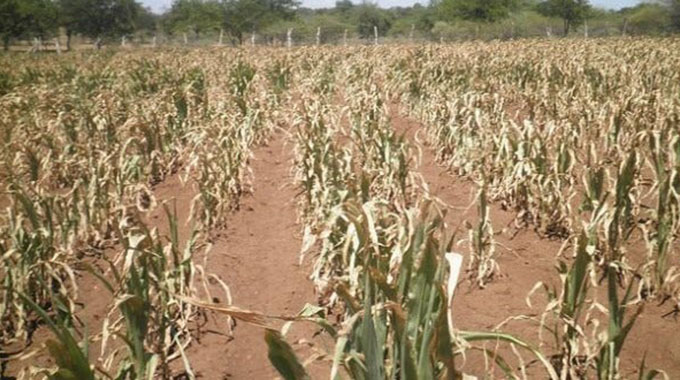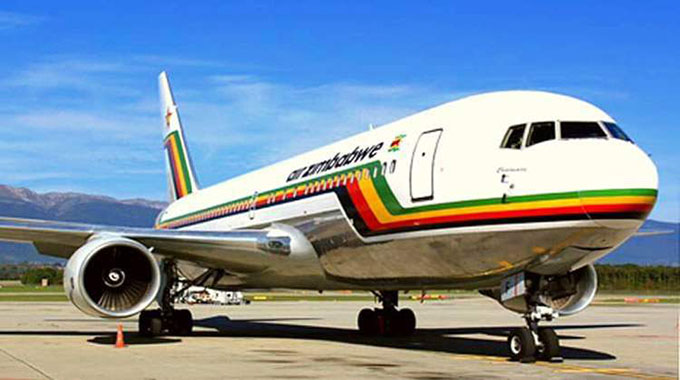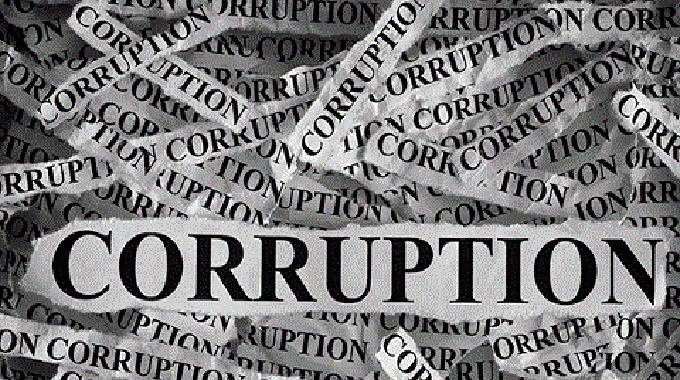Editorial Comment: Catch-22 for farmers

We are now in December and everything being equal, the farming season would have taken shape.
But the 2019-2020 summer cropping season is unfortunately still shrouded in uncertainty.
High inputs costs charged mainly in Unites States dollars or the local currency equivalent and erratic rains have cast doubt on prospects of better yields.
When Sadc weather experts met in Luanda, Angola, mid-year, they said the region would experience a normal to below normal rainy season.
They said the first half, October to December, would be better than the second half, that is January to March. But there is nothing to show that that forecast has an iota of truth.
To date, we have not seen the rains. We ask again and again, where are the rains?
The majority of the farmers in Zimbabwe — communal to smallholder farmers — have had to live with the painful reality of intermittently casting their eyes to the sky and on the ground in anticipation of the rains and planting.
The rains are just not there and suddenly the Meteorological Services Department has gone mum.
Even commercial farmers who normally would have irrigated vast swathes have planted little.
Their dams cannot sustain more hectares.
Last year’s drought means their dam levels are very low. An early rainy season would have increased their dam inflows. But there is none.
Very few, if any, farming areas have received any meaningful rains. We mean, enough to plant rain-fed crops.
On the other hand, unscrupulous dealers have pushed the prices of fertilisers, herbicides, insecticides and seed beyond the reach of the average farmer. The inputs are mainly being sold through third parties who are charging in scarce foreign currency. Even when charged in foreign currency, the prices are exorbitant.
It is inexplicable how a bag of fertiliser, for instance, is being sold for between US$45 and US$55, depending on the brand. It does not make sense that tillage charges are basically now being charged in foreign currency and pegged at between US$45 and US$70 plus 20 litres of diesel per hectare.
Fuel itself is not readily available at the pump and is being found largely on the black market where the prices are pegged in US dollars or the black market equivalent. Never the interbank rate.
Draught power is in short supply. The January decease killed many cattle, leaving farmers without tillage power.
Ultimately, the farmer is faced with many challenges before even planting. The average farmer cannot go beyond the inputs donated by the Government under the Presidential Inputs Scheme.
While the inputs given under the scheme are handy and appreciated, they should serve only as a starter pack.
A farmer worth his salt should go beyond the President’s well-wishers’ donation and grow more for commercial purposes.
Currently, very few farmers have gone beyond the donations.
Farmers need to produce enough for our country, but the current scenario does not in any way point to that capacity.
Command Agriculture has been reconfigured and very few people qualify.
Going forward, the rainy season is going to be bad and farmers need to adapt and adjust quickly. At least those with the capacity to switch immediately to short-season varieties should do so.
For many farmers, seed houses have come up with many short-season varieties, some of them short enough to mature within a couple of months.
Farmers need to switch to drought-tolerant and drought-resistant crops such as small grains and non-hybrid seed varieties.
In livestock, farmers can reduce their herds, if the pastures cannot sustain them.
It is better to sell cattle voluntarily than to lose them to drought. The size of pastures matters in drought situations.
Again, hardy Mashona livestock can be kept while hybrids should be sold, since they are vulnerable to drought and disease.
Emphasis can be put to goats and other small livestock rather than cattle. Goats are hardy and can survive in difficult times.
In the final analysis, the future of Zimbabwe lies in irrigation. The future lies in subsidising agricultural inputs. The future lies in adapting to new conservation farming systems. The future is proper planning. Indeed, the future is in contract farming.
And, the future is recapitalising the Meteorological Services Department for more accurate weather forecasts. At the moment the department cannot be relied on, given its outdated equipment.










Comments